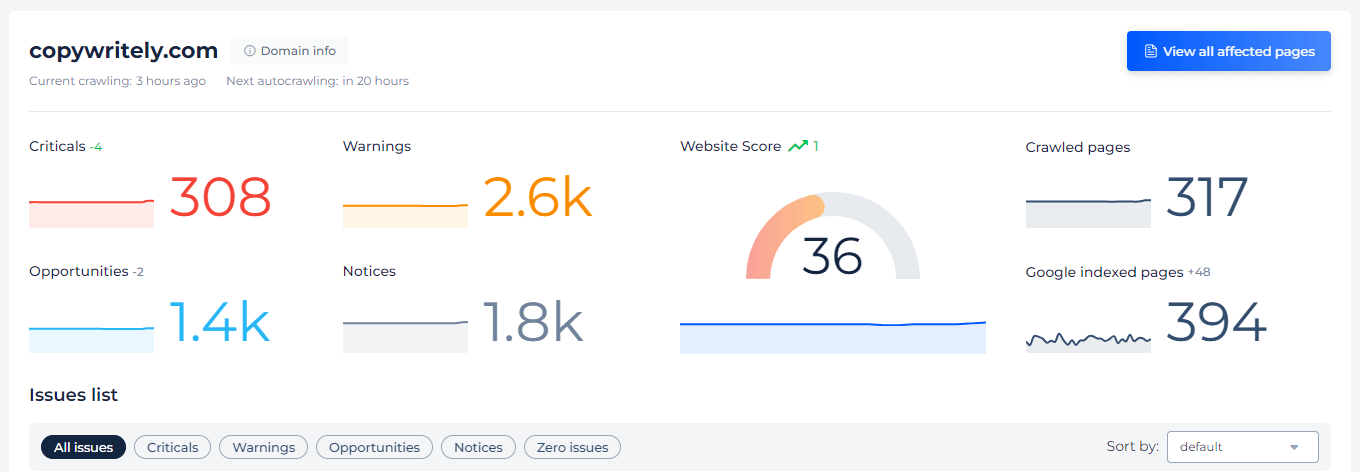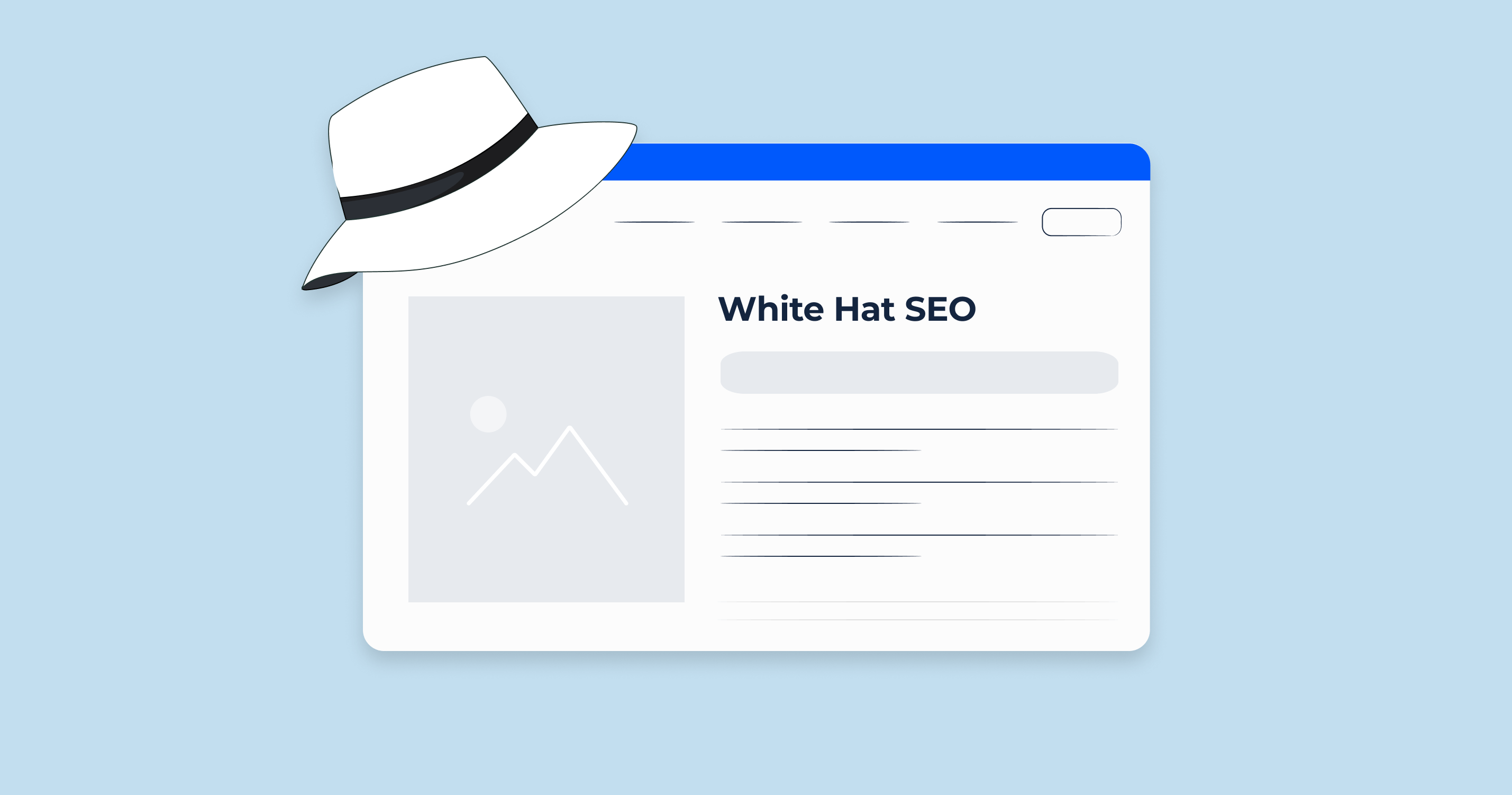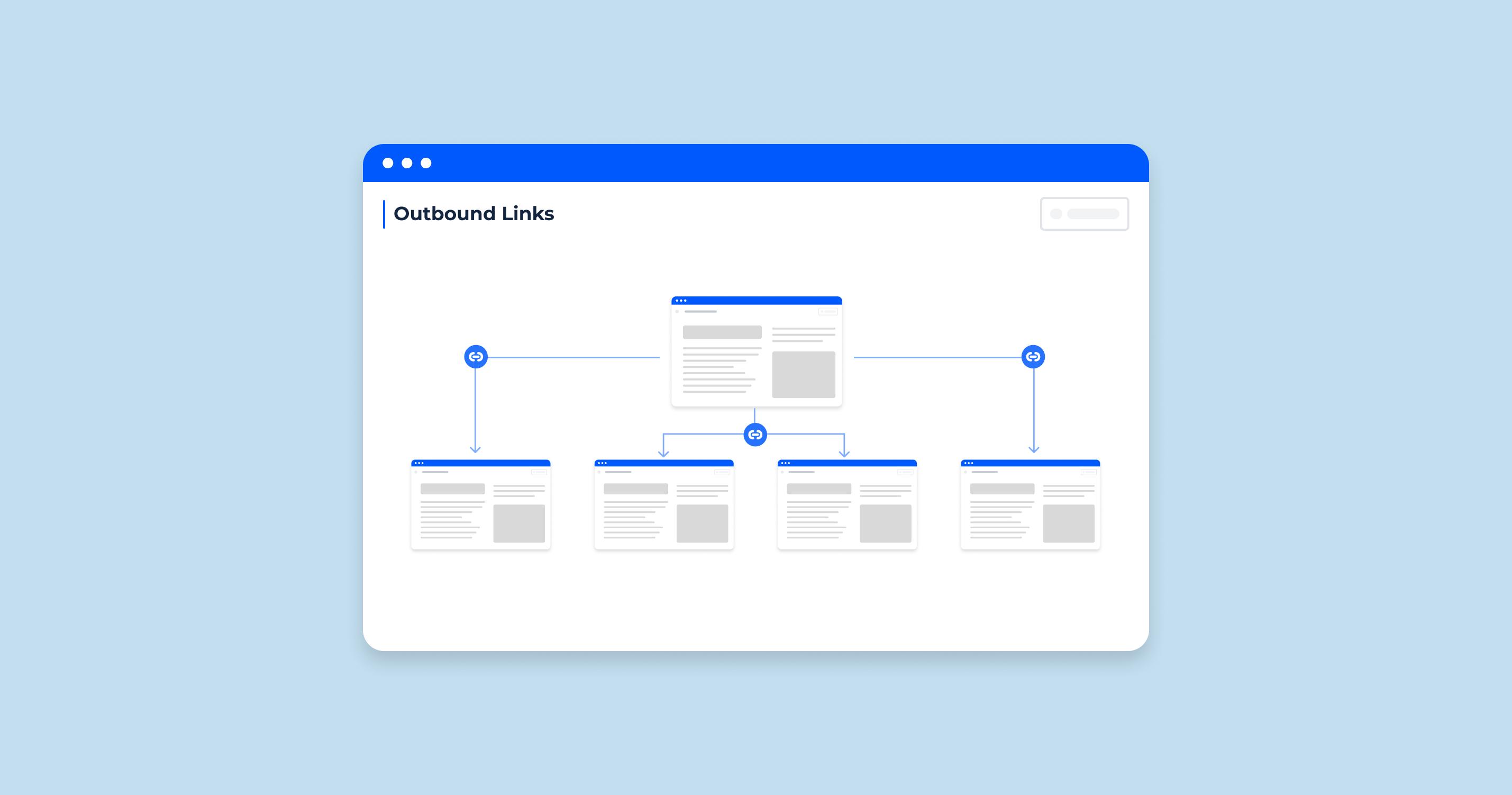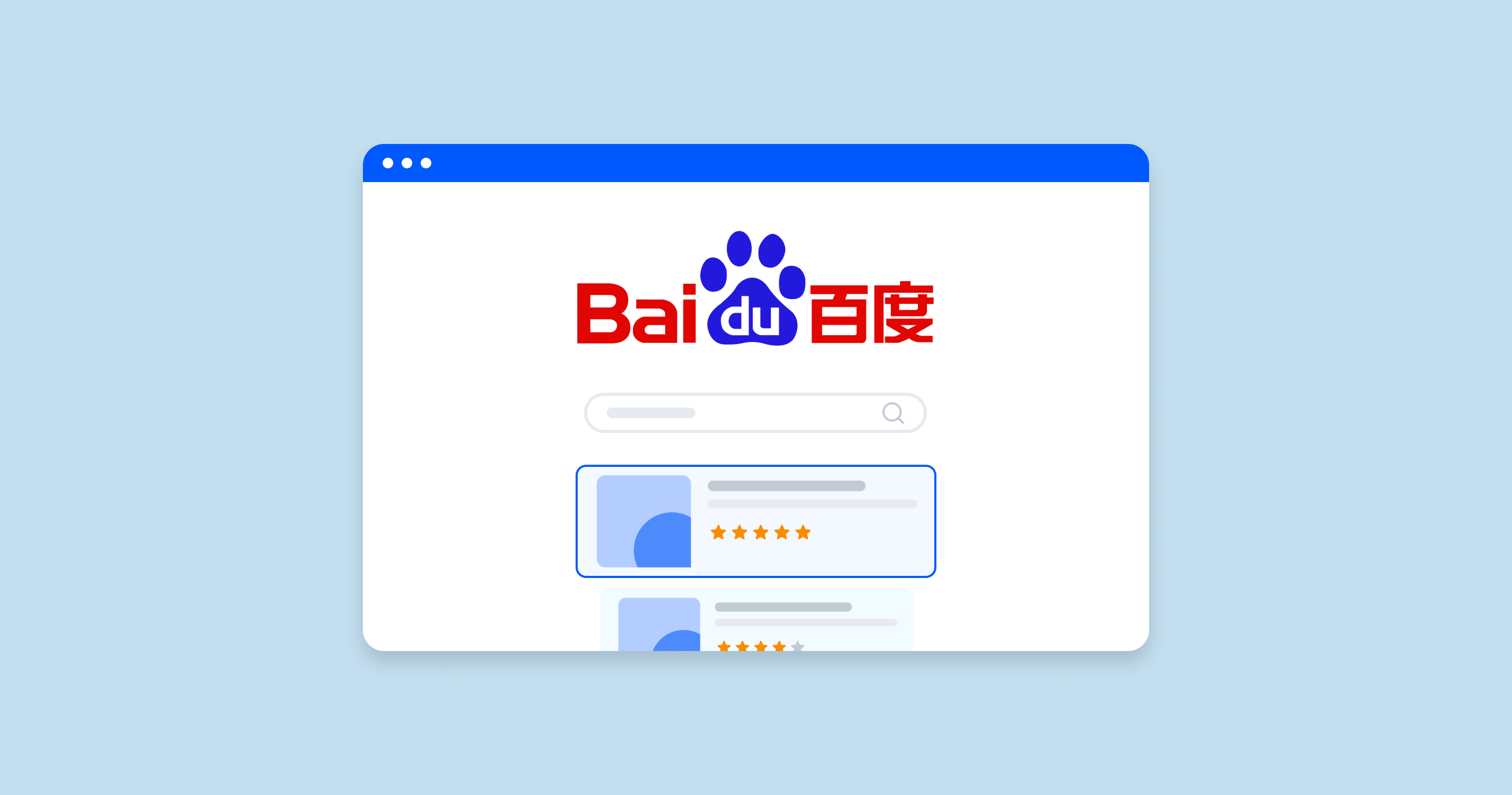What is White Hat SEO?
White Hat SEO refers to the practices and strategies that align with the terms and conditions of major search engines, primarily Google. The primary objective of White Hat SEO is to provide organic, ethical, and sustainable growth in search engine rankings and website traffic. Instead of trying to find loopholes or shortcuts to achieve higher rankings, White Hat SEO focuses on improving the user experience and offering genuine value to website visitors.
Key Characteristics of White Hat SEO:
| Ethical Practices | It strictly follows the guidelines provided by search engines and avoids tactics that might deceive users or lead to penalization by search engines. |
| Long-term Strategy | While it might take longer to see results compared to Black Hat SEO (unethical practices), the results achieved through White Hat are sustainable and long-lasting. |
| User-Centric | The main focus is on providing genuine value to users rather than just optimizing for search engines. This includes creating high-quality content, ensuring website usability, and providing a good user experience. |
| Organic Growth | White Hat SEO targets genuine growth in organic traffic and rankings. This means avoiding paid schemes or manipulative tactics to achieve higher rankings. |
| Transparent Practices | All strategies and tactics are open, honest, and transparent. There’s no deception or attempt to game the system. |
In essence, White Hat SEO is about doing the right thing and prioritizing the long-term health and success of a website over quick, short-lived gains. Adhering to White Hat practices ensures that a website’s reputation remains intact and reduces the risk of penalizations or bans from search engines.
Keyword Research
Keyword research is the foundational step in SEO. It’s about understanding what your target audience is searching for and how. By identifying the right keywords, you can tailor your content to meet user search intent well, making your website more visible to those searching for what you offer. Here are some effective methods to uncover valuable keywords:
Find Awesome Long Tail Keywords With Google Suggest:
Long-tail keywords are longer, more specific search phrases that visitors are likely to use when they’re closer to making a purchase or specific query. Google Suggest is a simple yet powerful way to discover them. As you type a query into Google, it offers suggestions based on popular and related searches, which can be a goldmine for long-tail keyword discovery. For instance, typing “organic coffee” might suggest “organic coffee beans online” or “organic coffee brands.”
Copy Competitors’ Keywords:
One of the best ways to get keyword ideas is to see what keywords your competitors are targeting. Tools like SEMrush or Ahrefs can provide insights into the keywords your competitors rank for. By analyzing these, you can find gaps in your own content and identify keywords you might have overlooked.
Online Communities:
Forums, discussion boards, Reddit, Quora, and other online communities are great places to find keyword ideas. These platforms can give insights into the questions people are asking and the language they’re using. By participating or even just observing these communities, you can uncover long-tail keywords and content ideas that directly answer user queries.
Google Search Console:
Your own website’s data can be a rich source of keyword inspiration. Google Search Console provides information on which search queries are driving traffic to your site. By regularly checking the performance report, you can identify keywords your site is already ranking for and discover opportunities to optimize existing content or create new content around related terms.

Amazing Content
Content is the backbone of SEO. It’s what users come to your site to consume, and search engines prioritize delivering valuable content to their users. Crafting amazing content is pivotal not just for ranking, but for genuinely serving your audience. Here are some key features that characterize top-notch content:
Feature #1: Long, In-Depth Content:
While there’s no one-size-fits-all answer to how long content should be, studies have shown that longer, in-depth content often performs better in organic search results and rankings. This doesn’t mean fluffing up your content with unnecessary information, but rather diving deep into topics to provide comprehensive answers to user queries. Such content positions you as an authority in your field and keeps readers engaged for longer durations.
Feature #2: Satisfies User Intent:
At the heart of every search query is a user intent. Are they looking for a quick answer, a detailed guide, or a product to purchase? Understanding and addressing this intent is crucial. Your content should provide clear answers and solutions to what the user is searching for. Using tools and analytics, you can gauge what your audience wants and refine your content to better satisfy their intent.
Feature #3: Publish Unique, Relevant, and Quality Content:
In the vast ocean of the internet, unique content stands out. Avoid rehashing what’s already out there. Instead, create content to bring a fresh perspective, updated information, or a new take on a topic. Ensure your content is relevant to your audience and maintains a high standard of quality, whether in terms of accuracy, presentation, or value provided.
Feature #4: Great User Experience and Readability:
Even the best content can be undermined by poor presentation. Ensure your content is structured well, with clear headings, subheadings, and bullet points where necessary. Use images and infographics to break up large chunks of text. Also, consider the readability: use short sentences, avoid jargon, and ensure a logical flow. A great user experience means readers can easily navigate, understand, and engage with your content.
Webmaster Guidelines
In the realm of SEO, keeping in alignment with search engine guidelines is crucial. These guidelines are a set of best practices recommended by search engines to ensure a positive and organic web ecosystem. Understanding search engine rules and following these can make the difference between a website that thrives and one that faces penalties.
Familiarize Yourself With Webmaster Guidelines:
Search engines like Google, Bing, and others have published guidelines to help webmasters understand what is considered acceptable (and what isn’t) when optimizing websites. Here’s why it’s essential:
- Avoiding Penalties: One of the most immediate reasons to adhere to webmaster guidelines is to avoid penalties. Violating these guidelines can lead to a website being demoted in search rankings or even removed from the search index altogether.
- Building Trust: Following these guidelines ensures you’re providing a safe and beneficial user experience. This helps in building trust not just with search engines but with your users as well.
- Stay Updated: The digital landscape is always evolving. By staying updated with the latest guidelines, you ensure your SEO strategies remain relevant and effective.
- Ethical SEO: Understanding and respecting webmaster guidelines is a part of practicing White Hat SEO. It means you’re optimizing your site ethically, focusing on genuine value and long-term success rather than quick, unsustainable wins.
To familiarize yourself with these guidelines:
- Start with Google’s Webmaster Guidelines: Being the most popular search engine, understanding Google’s expectations is paramount.
- Look Beyond Google: Don’t forget about other search engines like Bing or DuckDuckGo. Each may have its own set of guidelines.
- Join Webmaster Communities: Engaging in forums and online communities can keep you updated with changes and interpretations of the guidelines.
Google about White Hat SEO techniques
John Mueller has tweeted about white hat SEO on a number of occasions. In general, he has said that white hat SEO is the best way to improve your website’s ranking in Google Search. White hat SEO techniques are those that follow Google’s guidelines for search engine optimization and focus on providing a good user experience.
In one tweet, Mueller said:
In another tweet, he said:
Mueller has also said that black hat SEO techniques, such as keyword stuffing and link spam, are not only ineffective, but they can also get your website penalized by Google.
In one tweet, he said:
Overall, Mueller’s advice on white hat SEO is to focus on creating a high-quality website that is informative and relevant to your target audience. Use white hat SEO techniques to improve your website’s ranking in Google Search, and avoid black hat techniques at all costs.
Here are some additional tips from John Mueller on white hat SEO:
- Create high-quality content that is informative and relevant to your target audience.
- Make sure your website is technically sound and easy to navigate.
- Build backlinks from high-quality websites.
- Be patient and consistent with your SEO efforts.
By following these tips, you can improve your website’s ranking in Google and Search engine results, and attract more visitors to your website.
On-Page SEO
On-page SEO pertains to the tactics used within a website to optimize individual pages, ensuring they rank higher and earn more relevant traffic in search engines. It encompasses both content and the HTML source code. Implementing these strategies can greatly improve your website’s visibility in search results.
Strategy #1: Descriptive URLs:
URLs should not only be readable but also descriptive of the content they host. This provides both users and search engines a clue about the page’s topic. A good URL:
- Is concise and avoids unnecessary words or characters.
- Incorporates primary keywords without keyword stuffing.
- Avoids using numbers or codes that don’t convey meaningful information.
For example, for a page about organic coffee beans, a URL like “example.com/organic-coffee-beans” is more descriptive than “example.com/product12345”.
Strategy #2: Internal Links:
Linking to other relevant pages on your site helps distribute page authority and guides users to valuable, related content, improving user experience.
- Use descriptive anchor text for internal links.
- Link to your most important pages more often, but do it naturally within the content.
- Avoid excessive linking that can overwhelm readers.
Strategy #3: Use Keywords Strategically:
While keywords are fundamental in SEO, it’s crucial to use them strategically.
- Place primary keywords in vital areas: title tags, meta descriptions, headings, and throughout the content.
- Avoid keyword stuffing. Ensure keywords fit naturally into the content.
- Use LSI (Latent Semantic Indexing) keywords — terms related to your main keywords — to help search engines understand content context.
Strategy #4: Optimize Images With Alt Tags:
Images can play a significant role in enriching content, but search engines can’t “see” images the way humans do. Alt tags provide textual descriptions to these images.
- Every image should have a descriptive alt tag that briefly describes the image’s content.
- Incorporate relevant keywords in alt tags but avoid stuffing.
- Keep alt tags concise. They’re meant to describe, not narrate.
Link Building
Link building is one of the cornerstones of SEO. Quality backlinks signal to search engines that your website is a credible and authoritative source. However, not all links are created equal, and the tactics used to obtain them can vary in effectiveness and legitimacy. Here are some proven strategies for ethical link building:
Strategy #1: The Skyscraper Technique:
Pioneered by Brian Dean, this method involves:
- Finding content within your niche that is popular and has garnered numerous backlinks.
- Creating something even better—more comprehensive, more current, or presenting a unique angle.
- Reaching out to the right audience (those who’ve linked to the original content) and presenting your improved version, encouraging them to link to your content.
Strategy #2: Broken Link Building:
This strategy is about finding broken external links on other websites that are relevant to your content and suggesting your content as a replacement.
- Use tools like Ahrefs or Check My Links to identify broken links on sites within your niche.
- Create or identify content on your site that serves as a suitable replacement for the broken link.
- Contact the website owner, notify them about the broken link, and suggest your content as a replacement.
Strategy #3: Industry Studies and Original Research:
Original research and data-driven studies are link magnets. They provide unique value, making others more likely to reference and link to them.
- Conduct surveys, use proprietary data, or execute in-depth research on a trending topic in your industry.
- Publish your findings in a well-structured, visually appealing format.
- Promote your research across platforms, and it may naturally attract backlinks from those citing your study.
Strategy #4: Guest Posting:
Writing guest articles for reputable websites in your niche is a tried-and-true method for link building.
- Identify authoritative websites in your niche that accept guest posts.
- Craft high-quality, relevant content tailored for their audience.
- Include a link back to your website (typically in the author bio or within the content where relevant). Always ensure that the link adds value and is not forced.
Technical SEO
While content might be king in the world of SEO, technical SEO serves as the foundation upon which your content sits. It ensures that your website is not only comprehensible to search engines but also provides an optimal experience for users. Here are some fundamental technical SEO practices that every site should consider:
Speed Up Loading Time:
Page loading speed impacts user experience and search engine rankings. A slow-loading page can deter users and lead to higher bounce rates.
Optimize Images: Ensure images are compressed and in the appropriate format.
Minify Code: Reduce the size of your CSS, JavaScript, and HTML files.
Use a Content Delivery Network (CDN): Distribute content across multiple servers to decrease load times.
Leverage Browser Caching: Store parts of your website locally on user devices to speed up subsequent visits.
Use a Smart Site Architecture:
How your website’s content is organized and linked can affect both user experience and how search engines crawl your site.
Hierarchical Structure: Organize content in a logical, tree-like structure with clear parent and child categories.
URL Structure: URLs should be descriptive and reflect the site’s structure.
XML Sitemap: Create and submit an XML sitemap to search engines to ensure all pages are indexed.
Fix Errors:
Technical errors can hinder search engines from crawling and indexing your site.
404 Errors: Regularly check for broken links and either fix them or redirect them to relevant pages.
Robots.txt: Ensure it’s not unintentionally blocking essential parts of your site from search engines.
Schema Markup: Use schema markup to help search engines understand the context of your content.
Be Mobile Friendly:
With a significant portion of users accessing websites via mobile devices, mobile optimization is crucial.
Responsive Design: Ensure your website layout adjusts and looks good on all devices, from desktops to smartphones.
Avoid Flash: It’s outdated and not supported on many devices.
Optimize for Touch: Buttons and links should be easily clickable, and the site should be navigable via touch.
Also, watch the video by Google Search Central about How can a website compete using only white hat techniques:
Website SEO Checker Tool to Audit Your Website
The Site Audit tool by Sitechecker offers a comprehensive analysis of your website, diving deep into its structure and performance to ensure optimal functionality and SEO. Whether you’re an experienced webmaster or just starting out, this tool provides actionable insights, highlighting areas that require attention. It efficiently identifies any potential pitfalls that might affect user experience or search engine rankings, making it easier to strategize and prioritize improvements.

Beyond a basic audit, the tool stands out with its unique features. It offers a visual website hierarchy to understand the site structure better, monitors page speed across various devices, and even checks for internal and external links’ health. Additionally, with its user-friendly interface and detailed reports, you’re not just spotting issues but are equipped with guidance on how to rectify them. It’s a must-have for anyone keen on maintaining a high-performing website.
Unlock Your Website's Full Potential
Get a complete analysis of your site's health with our Website Audit tool
Summary
Navigating the landscape of White Hat SEO means embracing ethical, user-focused strategies that stand the test of time. Central to this is the genuine value we deliver through thorough keyword research, creating content that delves deeply into topics, and meeting user intent. While on-page tactics help optimize individual pages for search engines, link-building strategies aim to establish genuine authority and trust. The technical foundation, however, ensures a seamless user experience, from speedy load times to mobile optimization. As we conclude, remember that SEO’s heart is always about providing unparalleled value, a principle that ensures enduring success in the vast digital realm.




